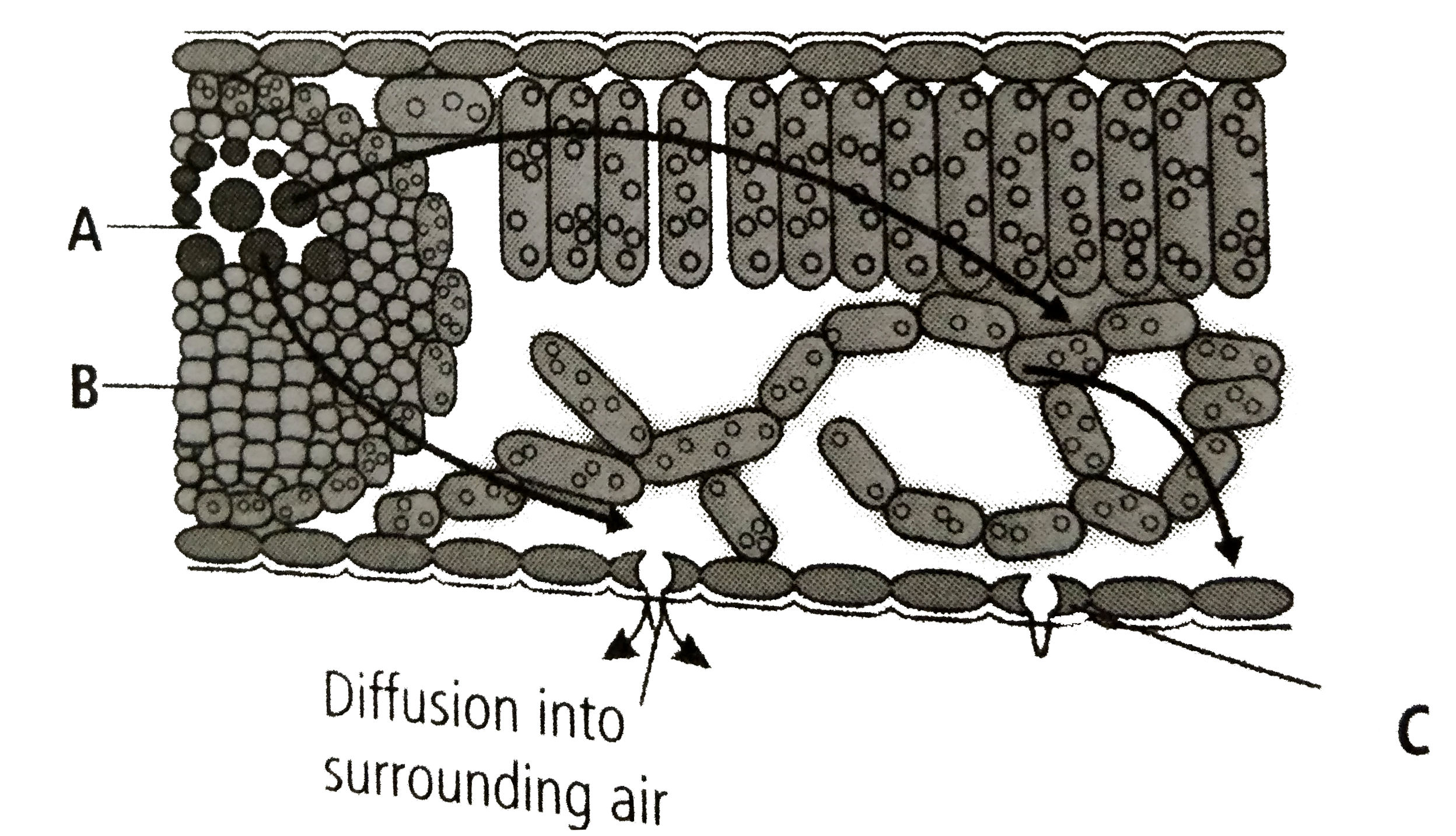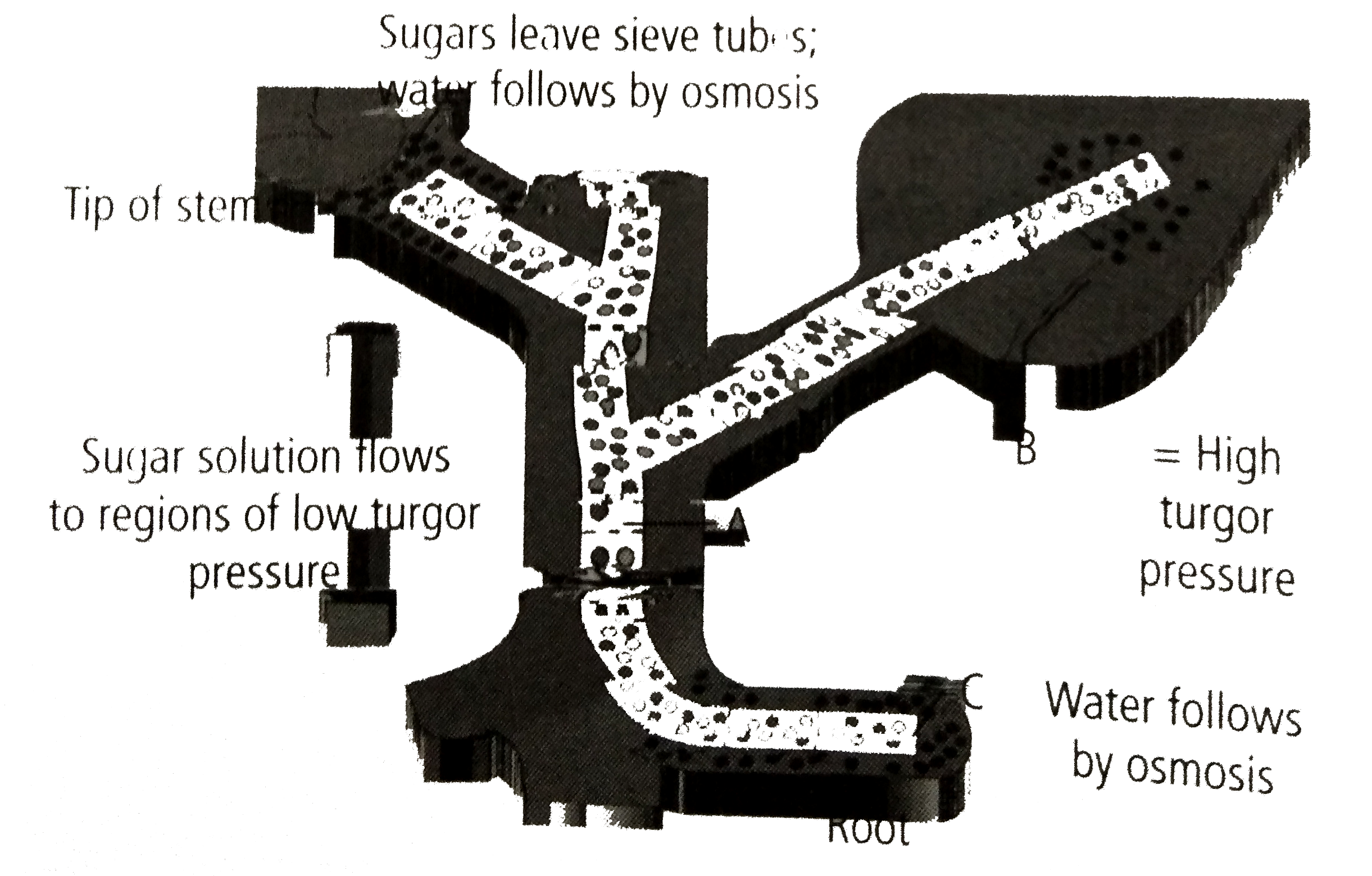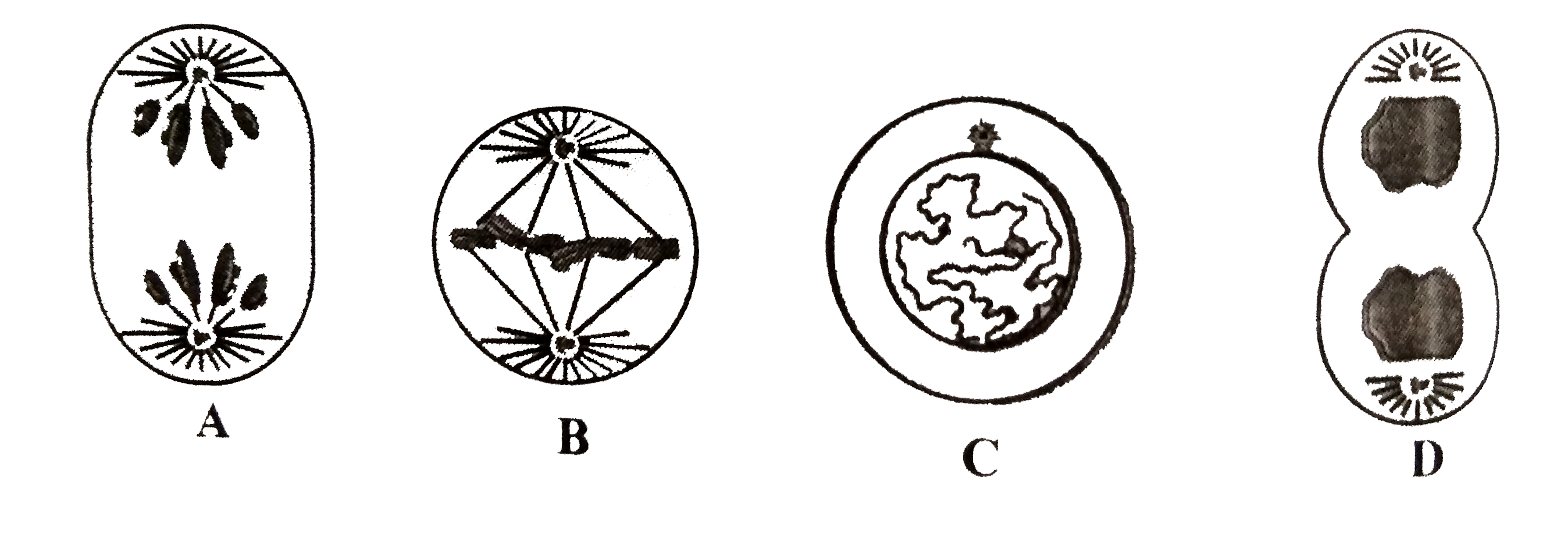Which of the following options correctly describes the sequence of structures present between a receptor and an effector when D refers dendrite, A refers axon, S refers synapse and CB refers to cell body ?
D-CB-A-S-D-CB-A
A-D-CB-S-A-D-CB
D-CB-A-S-A-CB-D
D-A-S-CB-D-A-CB
The correct Answer is:A
To determine the correct sequence of structures present between a receptor and an effector in a neuron, we can break down the process step by step.
1. Identify the Receptor:
- The receptor in a neuron is typically located on the dendrites. Dendrites receive signals from other neurons or stimuli, making them the first point of contact in the neural pathway.
- Hint: Remember that dendrites are responsible for receiving information.
2. Signal Transmission to Cell Body:
- After the dendrites receive the signal, the nerve impulse travels to the cell body (CB). The cell body processes the incoming signals.
- Hint: Think of the cell body as the control center of the neuron.
3. Traveling Along the Axon:
- From the cell body, the impulse moves down the axon (A). The axon is responsible for transmitting the impulse away from the cell body towards the next neuron or effector.
- Hint: The axon acts like a highway for the nerve impulse.
4. Reaching the Nerve Ending:
- The impulse then reaches the nerve endings, where it prepares to transmit the signal to the next neuron or effector.
- Hint: Nerve endings are crucial for passing on the signal.
5. Crossing the Synapse:
- The signal crosses the synapse (S), which is the gap between two neurons. Neurotransmitters are released here to facilitate communication between neurons.
- Hint: The synapse is the bridge between two neurons.
6. Continuing the Process:
- After crossing the synapse, the signal reaches the dendrites of the next neuron, and the process repeats: dendrites (D), cell body (CB), axon (A), and synapse (S).
- Hint: This cycle continues as long as signals need to be transmitted.
Final Sequence:
Putting it all together, the sequence of structures from receptor to effector is:
- Dendrite (D) → Cell Body (CB) → Axon (A) → Synapse (S) → Dendrite (D) of the next neuron.
Thus, the correct option that describes this sequence is:
D → CB → A → S → D.
Answer:
The correct sequence is D, CB, A, S.
- The receptor in a neuron is typically located on the dendrites. Dendrites receive signals from other neurons or stimuli, making them the first point of contact in the neural pathway.
- Hint: Remember that dendrites are responsible for receiving information.
- After the dendrites receive the signal, the nerve impulse travels to the cell body (CB). The cell body processes the incoming signals.
- Hint: Think of the cell body as the control center of the neuron.
- From the cell body, the impulse moves down the axon (A). The axon is responsible for transmitting the impulse away from the cell body towards the next neuron or effector.
- Hint: The axon acts like a highway for the nerve impulse.
- The impulse then reaches the nerve endings, where it prepares to transmit the signal to the next neuron or effector.
- Hint: Nerve endings are crucial for passing on the signal.
- The signal crosses the synapse (S), which is the gap between two neurons. Neurotransmitters are released here to facilitate communication between neurons.
- Hint: The synapse is the bridge between two neurons.
- After crossing the synapse, the signal reaches the dendrites of the next neuron, and the process repeats: dendrites (D), cell body (CB), axon (A), and synapse (S).
- Hint: This cycle continues as long as signals need to be transmitted.
Putting it all together, the sequence of structures from receptor to effector is:
- Dendrite (D) → Cell Body (CB) → Axon (A) → Synapse (S) → Dendrite (D) of the next neuron.
D → CB → A → S → D.
The correct sequence is D, CB, A, S.
Topper's Solved these Questions
- MORPHOLOGY OF FLOWERING PLANTSBook:NCERT FINGERTPS ENGLISHChapter:MORPHOLOGY OF FLOWERING PLANTSExercise:Morphology Of Flowering Plants
Explore 135 Videos
- PHOTOSYNTHESIS IN HIGHER PLANTSBook:NCERT FINGERTPS ENGLISHChapter:PHOTOSYNTHESIS IN HIGHER PLANTSExercise:Photosynthesis In Higher Plants
Explore 136 Videos
Similar Questions
Knowledge Check
Refer to the given figure and select the option which correctly identifies A,B and C
 AABCXylemPhloemStomatal poreBABCPnloemXylemStomatal poreCABCPnloemXylemGuard cellDABCXylemPnloemGuard cell
AABCXylemPhloemStomatal poreBABCPnloemXylemStomatal poreCABCPnloemXylemGuard cellDABCXylemPnloemGuard cellRefer to the given figure representing mechanism of translocation and select the option which correctly identifies A.B and C
 AA- phloem ,B- Sugars enter tube , C-Sugars leave sieve tubeBA- Xylem , B - Sugars enter tube , C - Sugars leave sieve tubeCA- Xylem , B- Sugars leave sieve tube , C - Sugars enter sieve tubeDA- Phloem , B - Sugars leavs sieve tube , C - Sugars enter phloem, It can be demonstrated by
AA- phloem ,B- Sugars enter tube , C-Sugars leave sieve tubeBA- Xylem , B - Sugars enter tube , C - Sugars leave sieve tubeCA- Xylem , B- Sugars leave sieve tube , C - Sugars enter sieve tubeDA- Phloem , B - Sugars leavs sieve tube , C - Sugars enter phloem, It can be demonstrated by
Which of the following electronic structures refers to transition elements?
View SolutionWhich of the following reactions takes place in the matrix of the cell Organelle, that is referred to as 'Power house of the cell'
View SolutionGiven below are a few statements related to biodiversity. Pick those that correctly describe tha concept of biodiversity
(i) Biodiversity refers to the different species of flora and fauna present in an area.
(ii) Biodiversity refers to only the flora of a given area.
(iii) Biodiversity is greater in a forest.
(iv) Biodiversity refers to the total number of individuals of a particular species living in an area.
View SolutionRead the following statements
a) It is paried structure
b) It is present on lateral side of male urethra
c) It help in lubrication of penis
In above statements 'It' refers to
View SolutionWhen a cell is fully turgid, which of the following will be zero
The potential energy of water is referred to as
View SolutionRefer to the given figures and answer

Which of the following shown the correct sequency of the given mitotic stages?
View Solution

